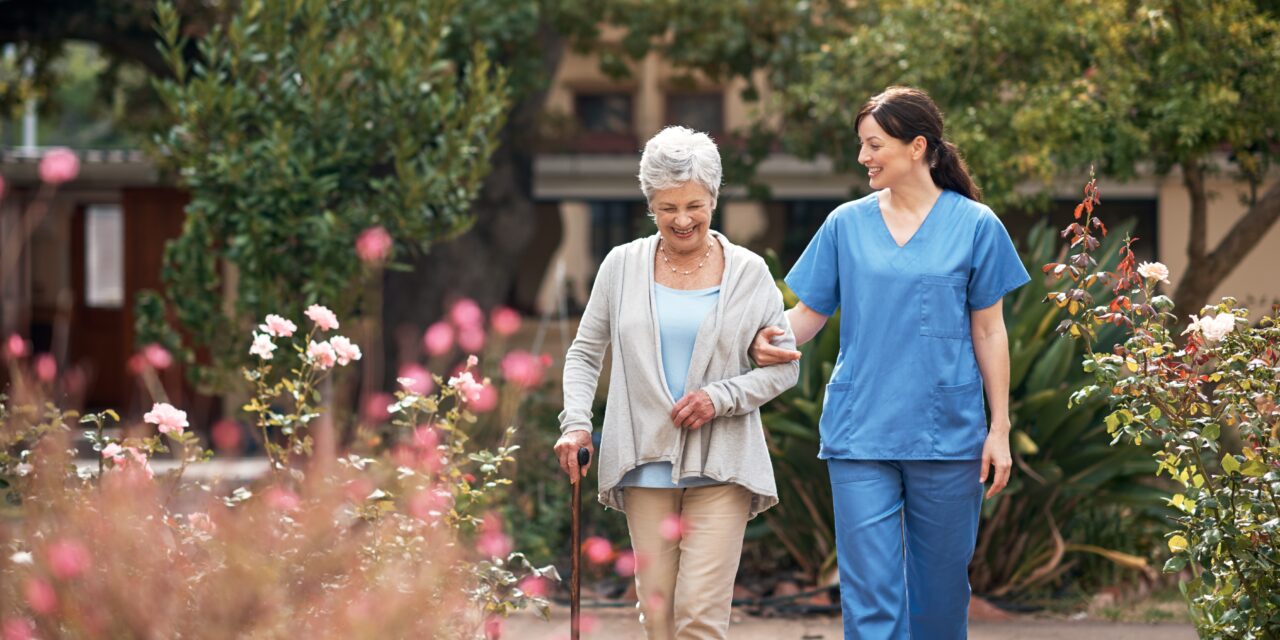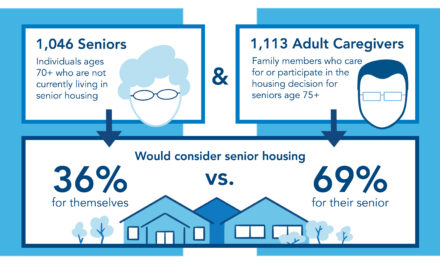In September 2021, the American Health Care Association and the National Center for Assisted Living (AHCA/NCAL), surveyed Senior Living providers and 86% of nursing homes and 77% of Assisted Living operators said their workforce situation worsened in the later part of summer 2021. Yet, there is hope for the Senior Living industry as experts predict the labor shortage will be easing up. According to NIC’s recent executive survey, 72% of Skilled Nursing Facilities and Senior Living leadership expect staff shortages to improve by late 2022 or early 2023.
In the meantime, Independent Living communities, Assisted Living and Skilled Nursing facilities must focus on labor savings. Senior Living experts at Direct Supply are seeing the benefit of tapping into a variety of resources when looking to fill in the gaps of staffing. Consider everyone in your building part of the caregiver team, including the building itself.
Who is part of the Senior Living caregiver team in your community?
1. Senior Living Caregiver Team: Staff
Obviously, the staff who work in your community are the point people on your caregiver team. They work tirelessly to care for residents 24/7. Most Senior Living providers are paying their staff overtime hours and some are relying on agency or temp staff. Staff are quickly becoming burnt out and overworked.
Equip your communities with the right technology to ease the burden on your caregiver staff. Robotic technology is no longer a future solve – the future is now. Rely on robotics for final mile delivery in your senior housing dining rooms. Physically cut down on the steps you require staff to take, ultimately saving time, money and reducing burden, by using a robot to bring food from the kitchen to the dining room. Communities that are piloting these systems are seeing great results; even residents are enjoying them.
In the kitchen, robots can be used to fulfill repetitive movements and simple tasks like flipping burgers, making pancakes or filling salad bowls. High-tech robots exist to complete custom orders of salads or smoothies. Learn more about technology for the future of Senior Living.


DS smart® technology helps staff optimizes the vitals documentation workflow. This tech lets bluetooth-enabled equipment wirelessly transfer EMR data to your EMR software instantly.
The mental and physical health of your staff directly impacts the mental and physical health of your residents. Keep your Senior Living community caregiver team healthy by caring for your staff properly. The needs of staff must be met to adequately meet the needs of residents. Like a parent putting their oxygen mask on first in an airplane, for optimal resident care staff must be cared for first. Read more about senior living design tipes for the heathcare worker shortage.
2. Senior Living Caregiver Team: Residents
Residents in your communities play a large role on the caregiver team. Senior Living resident engagement starts with resident to resident interactions. Design spaces that allow for residents to commune together. Read about engagement spaces that foster memorable experiences for seniors.
Residents serve the caregiver team in a more tangible sense, too. There are numerous jobs residents can take on – giving them purpose and reducing the work for Senior Living staff.
Consider putting out a resident survey to determine which residents are interested in taking on a job at the community and offer them simple tasks.
Do a few residents want to water the plants in the common spaces? Is there a committee of residents who would like to plan your next social activity? Is one of your residents a retired art teacher or history buff? Would they enjoy leading a class for their peers? Get creative when considering how your residents play a part in the caregiver team.
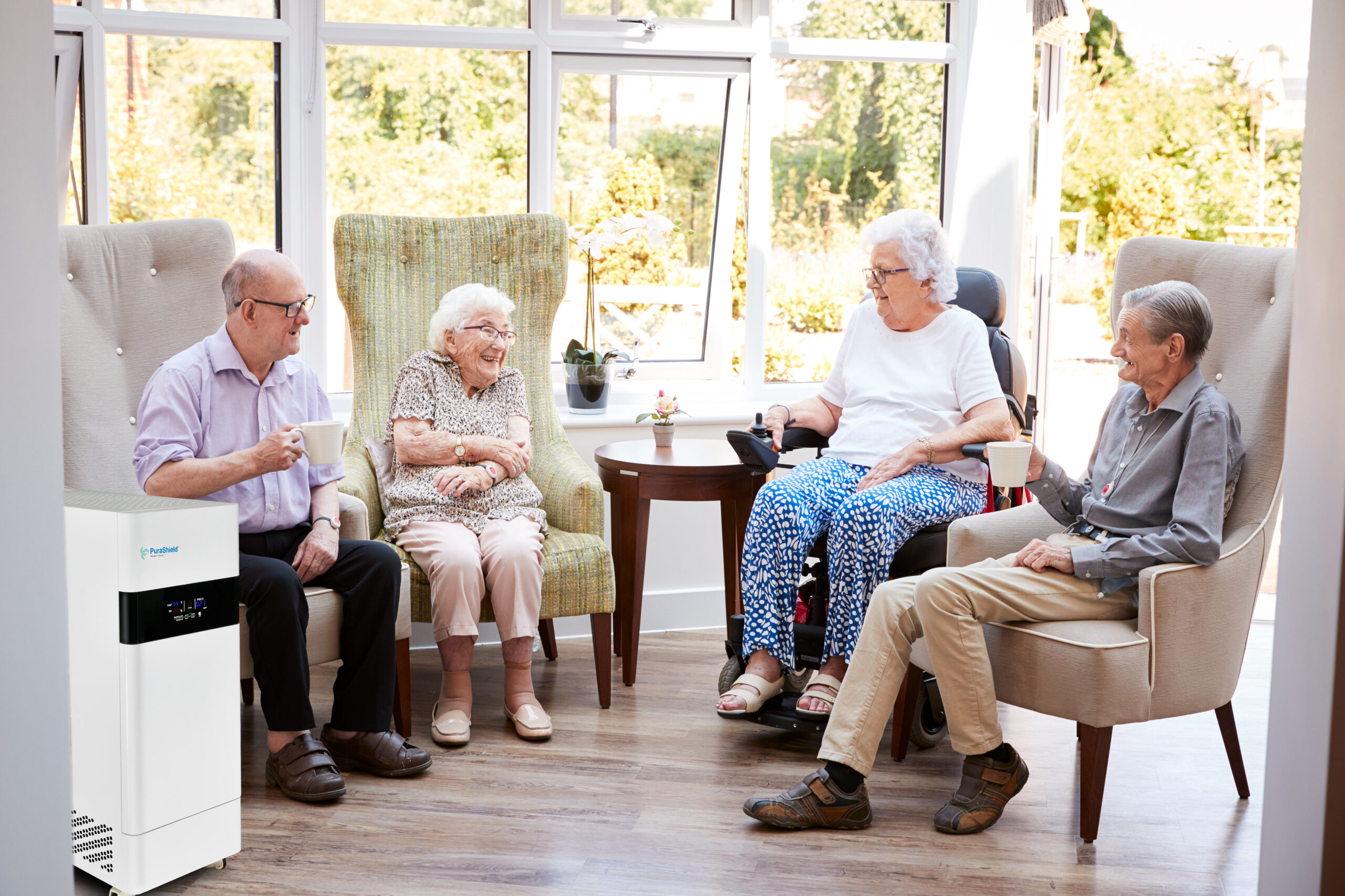
3. Senior Living Caregiver Team: The Surrounding Community
There are various was to engage the surrounding community. Community volunteers for Senior Living facilities are an extension of the caregiver team that should not be overlooked. Start first with your resident’s loved ones and family members. They are already invested deeply in the success of your community.
If your community has a bistro or café, opening it to the public will boost resident enjoyment of the space. The buzz of a busy coffee shop would increase Senior Living resident engagement.
Invite a local art teacher or yoga instructor to your community to lead a class. Encourage students in your community to volunteer in the kitchen, during craft time or during other community activities.
Potentially the most effective way to engage community volunteers for Senior Living is for animal-assisted therapy. There are many benefits of pet therapy for seniors. Studies on pet therapy in Senior Living have shown positive results. Residents in memory Care specifically can benefit from animal-assisted therapy. One study conducted in 2019 showed that animal-assisted therapy, with a dog for example, leads to higher physical activity as residents are motivated to pet the dog or go on a walk. Pet therapy in Senior Living reduces agitation, restlessness, disorientation and aggressiveness in residents. Spending time with a pet volunteer can improve residents’ short-term memory, communication skills and decrease risk of depression.2
There are clear mental and physical health benefits to opening your doors to pet volunteers. Just spending time with a dog can raise the spirits of your residents and staff – and it gives your surrounding community an opportunity to be a part of the fun.
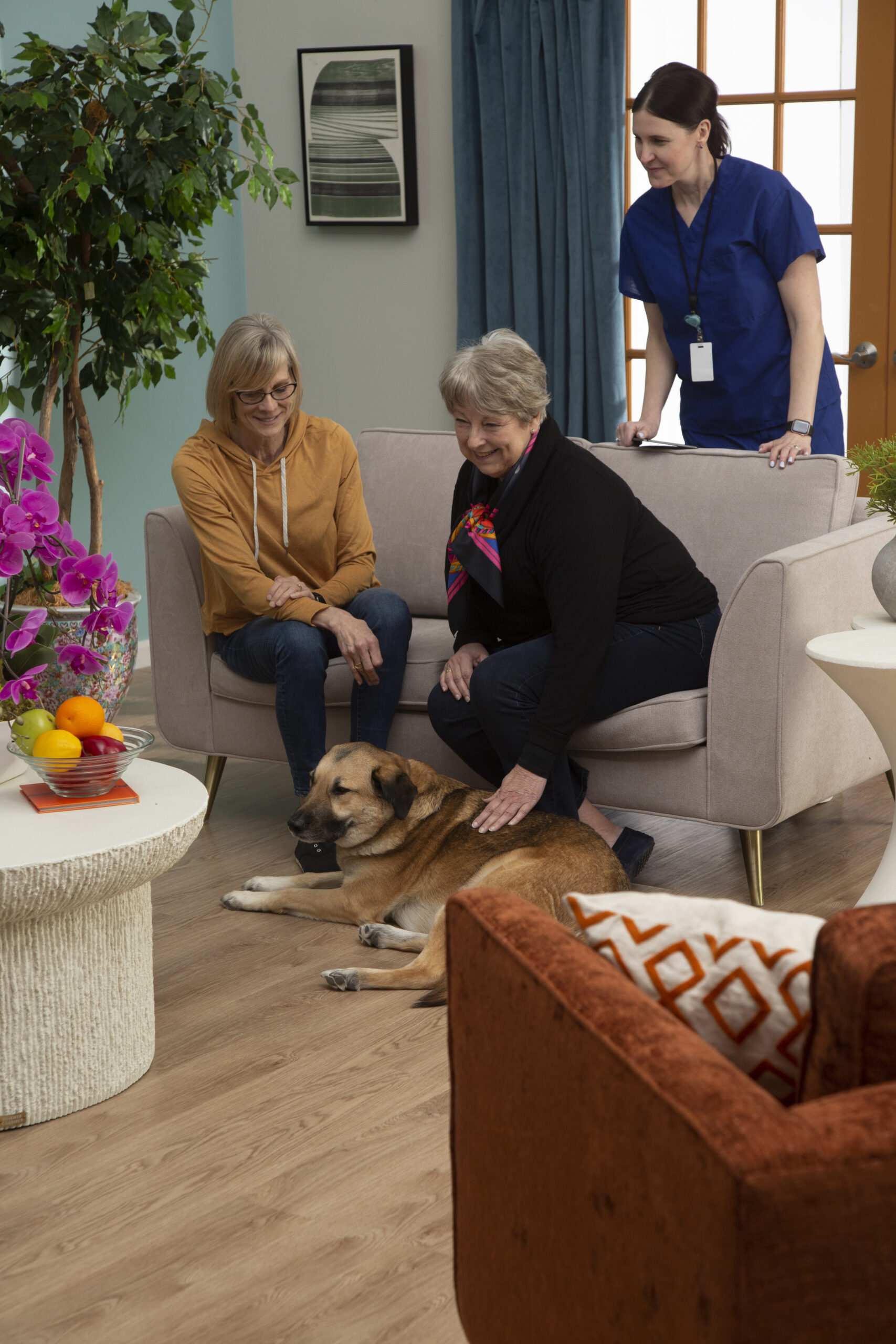
Calie Blanke
Direct Supply Marketing Manager
“My dog, Holmes, and I volunteer at local senior housing communities. I am one of many types of volunteers that visit. Being in the pet program, I meet with residents who enjoy animals. Other volunteers include musicians, readers and friendly visitors. I’ve noticed that incorporating various types of volunteers to meet residents’ interests helps create a sense of agency and connection. It’s really heartwarming to see the extension of the community through volunteers.”
Discover other tips for resident engagement and community volunteers opportunities.
4. Senior Living Caregiver Team: Your Building Itself
In the COVD-19 pandemic, whole building health was emphasized more than ever in the Senior Living industry. Trends exposed by the pandemic have lead to buildings themselves being a necessary part of the Senior Living caregiver team.
When you think of your building as a caregiver, first consider the layout of your building.
- Is your space set up in a way that helps or hurts the people living and working inside?
- Does the flow of your entrance way lend to efficient guest check in or package delivery services?
- Are staff entering your building into a shared resident space?
All of these questions, and more, should be considered to make the most effective use of your space.
Our interior design experts recommend taking note of all staff workflows that occur in a space when renovating. That way, you are able to keep efficiency front of mind when laying out the flow of each room.
Your visitor’s entrance is a great place to implement time-saving technology that boosts infection prevention. Technology supports the visitation experience and promotes staff efficiency, infection prevention and safety. Automated screening kiosks using temperature scanners or biometric screening devices allow visitors to passively have their temperature taken and complete required screening questions, minimizing the need for a staff member to conduct these checks.
Erin Berry
Director, Interior Design
“Creating a separate locker room with showers, very similar to something you might see at your gym, would allow the employees to decontaminate and store their personal belongings away from residents. Uniforms could also be provided as an extra added safety measure. These uniforms could be laundered and hung in the locker rooms for staff at the start of their shift.”
There are endless ways to optimize your building as a caregiver. Along with a good ventilation system, ensure clean air is always flowing through your space with Needlepoint Bipolar Ionization (NPBI™). NPBI reduces certain viruses, bacteria and odors. Studies show that Needlepoint Bipolar Ionization technology inactivates up to 98.33% of SARS-CoV-2.3 Users experienced up to 41% reduced risk of COVID-19 infection in their buildings with NPBI.4
TELS Building Services offers tailored building health with 24/7 live support from our specialists. Leverage TELS Platform to request services and quotes, record service history and provide consolidated visibility into services spend. Access local technicians specially coached to service Senior Living communities. Learn more about TELS.
Direct Supply is dedicated to innovative solutions to optimize your Senior Living caregiver team. Located in downtown Milwaukee, the Innovation & Technology Center (ITC) is the dedicated arm of Direct Supply where improving existing technology and developing forward-thinking innovations related to senior health is the top priority. Visit the ITC.
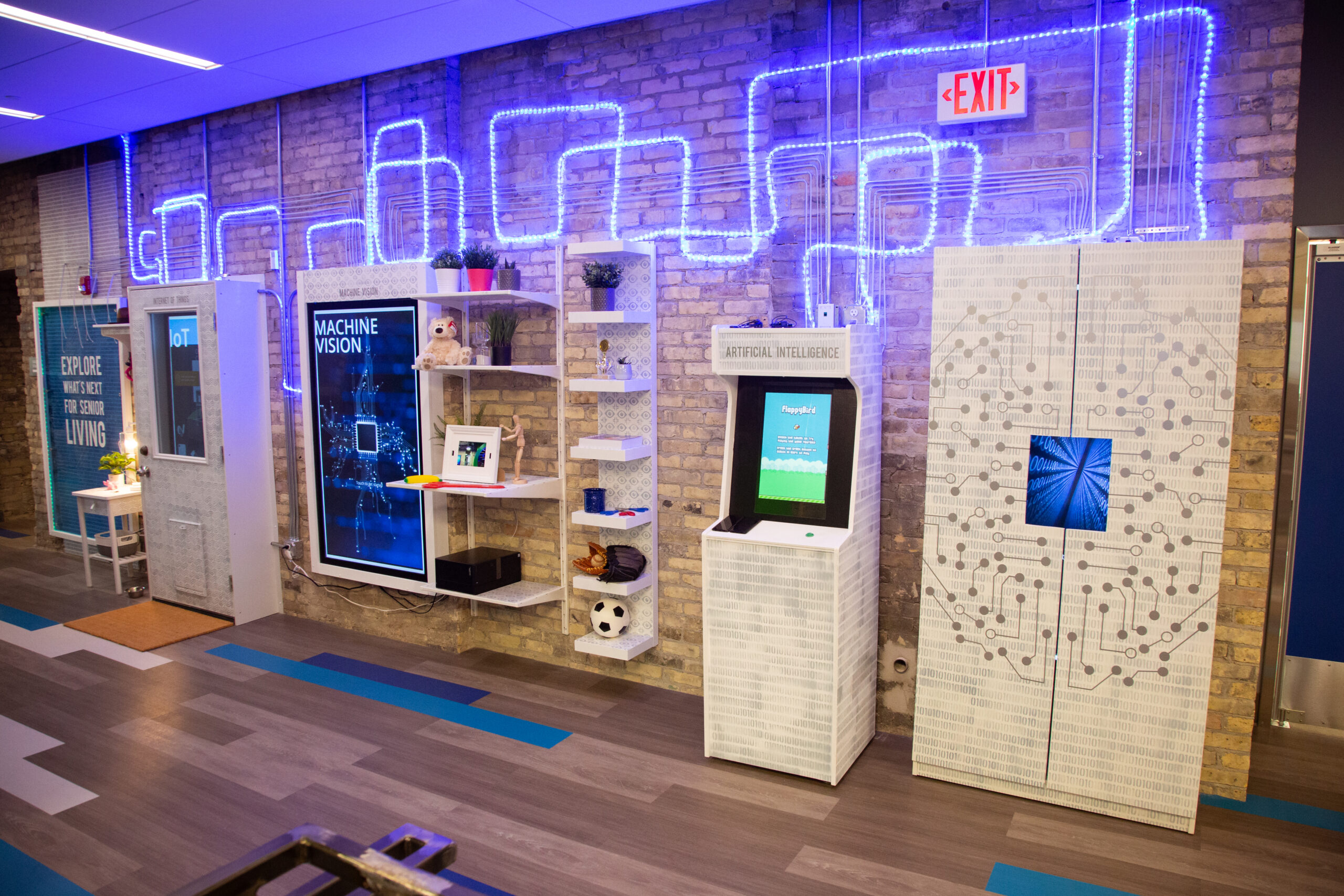
The Bottom Line:
Senior Living Engagement: Everyone in the Community Plays a Role
There are more caregivers in your building than just your staff members. Incorporate labor saving technology that optimizes whole building health. Tap into your residents and the surrounding community to achieve optimal resident engagement and total community success.
For more trends in Senior Living design, download the 2022 Design Trends in Senior Living eBook.
2022 Senior Housing Design & Construction Trends
Learn what’s trending in the industry and how you can use these trends in your buildings.
Fill out the form below to download the ebook.
Connect with our team today to schedule a free consultation.
Stay up to date on future trends in senior care by reading the latest from our experts.
